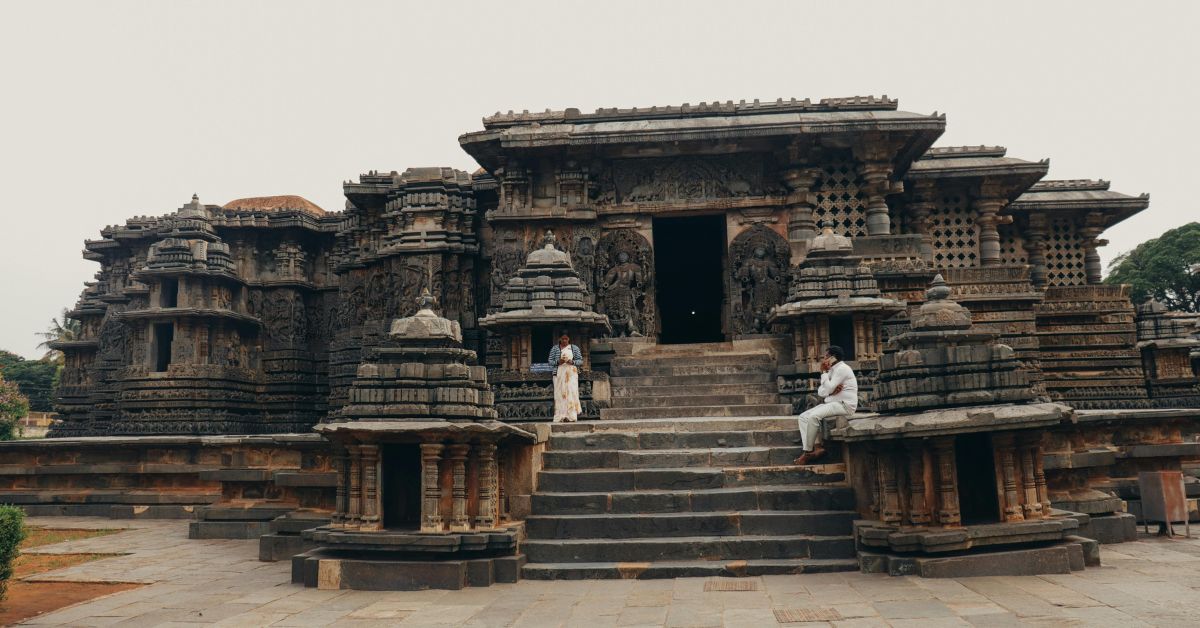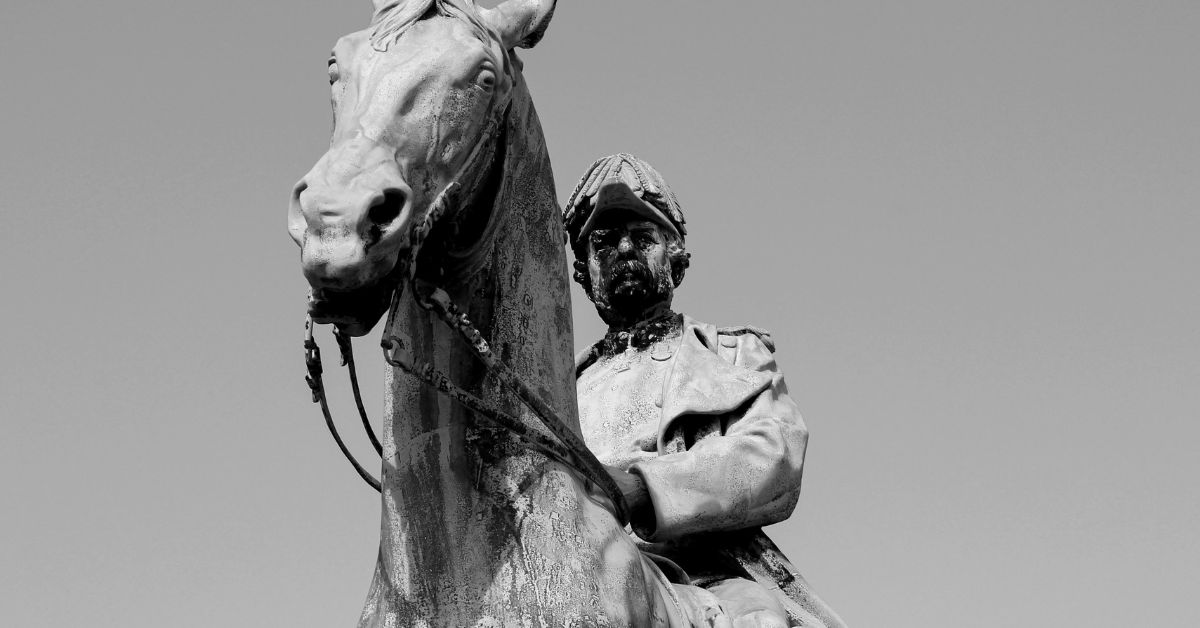Introduction
Turkey’s history is rich with various cultures, empires, and enormous differences. This location has been an important crossroad of civilization from ancient civilizations like the Hittites and Phrygians to the effective Ottoman Empire and the contemporary Turkish Republic. Central to this historical narrative is the bold, regularly debatable movements and selections mentioned here as “utanmaz türklere” (shameless Turks) that have substantially formed Turkish history and identity.
Ancient Anatolia
Turkey’s ancient adventure starts in historic Anatolia, a place that has witnessed the rise and fall of numerous early civilizations. The Hittites, who mounted one of the earliest acknowledged empires within the place around 1600 BCE, had been exceptional for their superior prison and political structures. They have been accompanied by way of the Phrygians and Lydians, each contributing uniquely to the cultural and political panorama of Anatolia.
The Hittite Legacy
The Hittites are regularly credited with pioneering a complicated bureaucratic country, making use of cuneiform script for administrative and diplomatic functions. Their bold confrontations with the Egyptian Empire, especially the Battle of Kadesh in 1274 BCE, exemplify the “utanmaz” spirit of taking bold dangers in pursuit of territorial and political dominance. Despite their eventual decline, their contributions to regulation, politics, and lifestyle left an indelible mark on the region.
The Rise and Fall of the Byzantine Empire
The Byzantine Empire, or Eastern Roman Empire, became every other widespread length in Turkish history, with its capital in Constantinople (modern-day Istanbul). The Byzantines have been regarded for their architectural marvels, such as the Hagia Sophia, and their complex political and nonsecular establishments.
Constantinople: The Jewel of the Empire
Constantinople’s strategic region made it a center of exchange and subculture for centuries. The city turned into a beacon of Orthodox Christianity and a fortress against numerous invasions. The “utanmaz” spirit is evident within the empire’s resilience and innovation, inclusive of the development of the Greek fireplace, a powerful weapon used to shield the city in opposition to sieges. The Byzantines’ capacity to evolve and live on through tumultuous intervals is a testament to their boldness and ingenuity.
The Ottoman Empire: An Era of Expansion and Innovation
The Ottoman Empire, which succeeded the Byzantine Empire, marks one of the most dynamic and expansive durations in Turkish history. Founded at the top of the thirteenth century, the Ottomans hastily extended their territory, becoming a dominant strength in both Europe and Asia.
Sultan Mehmed II: Conqueror of Constantinople
One of the maximum vast figures in Ottoman history is Sultan Mehmed II, called Mehmed the Conqueror. His hit conquest of Constantinople in 1453, a town that, had withstood several sieges over centuries, became a bold and transformative act. This victory no longer marked the end of the Byzantine Empire however, it additionally installed Istanbul as the thriving capital of the Ottoman Empire. Mehmed II’s vision for the city protected a mix of Islamic and Byzantine architectural styles, epitomized by the development of the Topkapi Palace and the transformation of the Hagia Sophia right into a mosque.
Suleiman the Magnificent: The Apex of Ottoman Power
Suleiman the Magnificent, who reigned from 1520 to 1566, is another emblematic figure of the “utanmaz türklere” ethos. His reign is frequently considered the top of Ottoman power, characterized by way of substantial territorial enlargement, felony reform, and cultural patronage. Suleiman’s audacity in navy campaigns and his efforts to codify laws (Kanun) tested his dedication to strengthening and unifying the empire. Under his rule, the Ottomans no longer simply managed vast territories but also fostered a golden age of arts, literature, and architecture.
The Decline of the Ottoman Empire and the Birth of the Turkish Republic
The decline of the Ottoman Empire during the nineteenth and early 20th centuries was marked by army defeats, territorial losses, and internal strife. However, this period also noticed formidable efforts to modernize and reform the empire in an try and stave off disintegration.
Tanzimat Reforms: A Bold Attempt at Modernization
The Tanzimat Reforms, initiated in 1839, were a series of radical modifications aimed at modernizing the Ottoman nation. These reforms sought to centralize and rationalize the administration, introduce new prison codes, and promote equality amongst all residents. While the Tanzimat Reforms faced considerable resistance and in the end did not prevent the empire’s decline, they represent a courageous attempt to adapt to the hastily converting political and technological panorama of the 19th century.
Mustafa Kemal Atatürk: Architect of Modern Turkey
The dissolution of the Ottoman Empire after World War I paved the way for the established order of the Turkish Republic in 1923, led using Mustafa Kemal Atatürk. Atatürk’s imagination and prescience for Turkey became progressive and encompassed sweeping political, social, and cultural reforms. His ambitious movements, frequently visible as “utanmaz,” included the abolition of the Sultanate and Caliphate, the adoption of a brand new prison machine, the advent of the Latin alphabet, and giant strides toward secularism and modernization.
Atatürk’s reforms transformed Turkish society, laying the muse for a cutting-edge, secular geographical region. His legacy is a testament to the transformative electricity of ambitious and once-in-a-while controversial selections in shaping the destiny of a state.
Contemporary Turkey: Continuation of the Bold Spirit
Modern Turkey continues to navigate complex political, social, and economic. Demanding situations with the identical ambitious spirit that has characterized its records. From its strategic geopolitical position to its dynamic inner politics. Turkey remains a kingdom where ambitious moves and decisions play a vital function.
Geopolitical Maneuvering
Turkey’s vicinity at the crossroads of Europe and Asia makes it a key participant in regional and global politics. Its bold overseas coverage initiatives, inclusive of lively involvement in NATO, contentious family members with neighboring international locations, and assertive. Stances in regional conflicts mirror the continuation of the “utanmaz türklere” spirit. Turkey’s efforts to stabilize its relationships with Western allies and nearby powers underscore. Its strategic importance and the arrogance required to navigate any such complicated geopolitical panorama.
Economic and Social Reforms
In the last many years, Turkey has additionally undertaken large financial and social reforms aimed at fostering increase and improvement. These reforms have included liberalization of the economy, funding for infrastructure, and efforts to improve education and healthcare. While these initiatives have yielded blended results and confronted complaints, they constitute an endured. Dedication to ambitious motion in pursuit of country-wide development.
Cultural Renaissance: Celebrating and Preserving Heritage
Throughout its history, Turkey has been a melting pot of cultures, traditions, and religions. This wealthy cultural historical past is a source of satisfaction and a quintessential part of the countrywide identification.
Revitalization of Cultural Heritage
Efforts to maintain and rejoice in Turkey’s diverse cultural background have covered the recuperation of historical websites. Promoting traditional arts and crafts, and assisting with cultural festivals. These tasks not handiest honor the beyond but also foster a feeling of country-wide harmony and satisfaction. The recuperation of iconic landmarks, including the Göbekli Tepe archaeological website and the historical. The Metropolis of Ephesus showcases Turkey’s commitment to keeping its rich history for future generations.
Promotion of Contemporary Arts
In addition to preserving its ancient heritage, Turkey has also embraced present-day arts and tradition. Turkish cinema, literature, and tune have gained a global reputation, reflecting the United States’s dynamic and evolving cultural landscape. Bold and innovative artists continue to push obstacles, contributing to a vibrant and diverse cultural scene that resonates both domestically and globally.
Conclusion
The idea of “utanmaz türklere” encapsulates the bold, on occasion audacious moves that have defined Turkish history. From Anatolia’s ancient civilizations and the Ottoman Empire’s grandeur to the Turkish Republic’s transformative reforms and the dynamic. Demanding situations of modern-day Turkey, this spirit of boldness and innovation has been a regular force.
Embracing this spirit means acknowledging the complexities and contradictions of Turkey’s past while. Striving for a destiny that honors its wealthy history and keeps forging new paths like Turkey. Navigating to the 21st century, the legacy of “utanmaz türklere” serves as a reminder of the electricity of ambition. Actions and choices in shaping the route of records and the destiny of a country.









